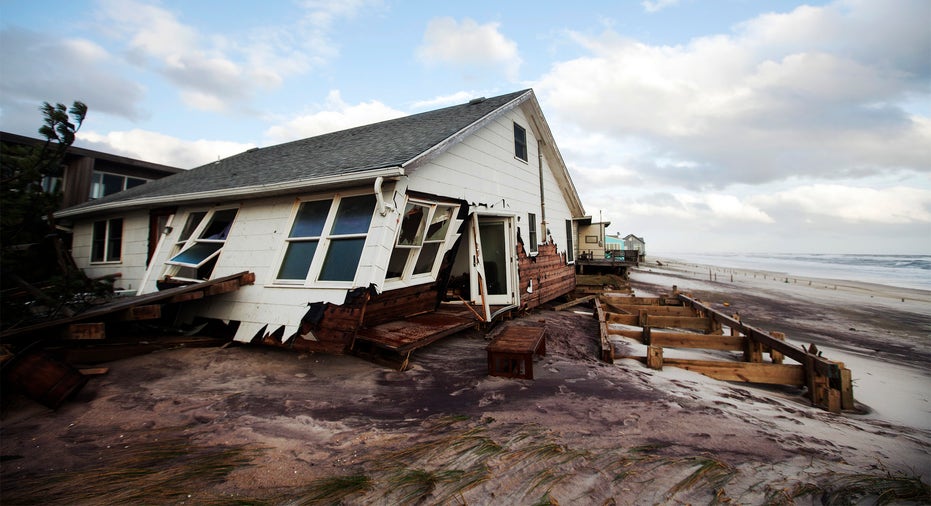$81.2M in Sandy-Recovery Grants for Main Street Yet to be Distributed

More than a year after Superstorm Sandy, many businesses in New York, New Jersey and Connecticut are still struggling to deal with the financial effects of the storm.
According to a new survey by the Federal Reserve Bank of New York, 33% of firms located in disaster areas reported Sandy-related net financial losses one year after the storm. Nearly 60% report they were unaffected financially by Sandy.
Many of the businesses that were financially impacted by Sandy reported issues with insurance and financing that prevented a speedy recovery. Sixty-five percent of businesses recovered no money through insurance. However, nearly three-quarters of these businesses had property insurance prior to the storm, while 11% had flood insurance.
One Jersey City small business owner, Kristen Scalia, says the survey mirrors her personal experience in the aftermath of Sandy. Floodwater rose four feet in Scalia’s home-goods and apparel store, Kanibal Home, leading to $50,000-worth of damage. The store was closed for a full month after Sandy for cleaning and repairs.
“By the time my month was out, I had negative money in all my accounts. I worked hard to get funding and to get reimbursed, but my insurance did not reimburse us for business disruption or goods,” says Scalia, despite having flood insurance and business disruption insurance. “I got not a dime from insurance because they said it was a flood surge, and it wasn’t anything else. We didn’t have flood-surge protection.”
Scalia’s story is not unusual, according to the Fed survey. Fifty percent of businesses reporting losses used personal savings to meet financial needs.
The survey found that 44% of negatively impacted businesses applied for financing in the first half of 2013, but less than half were approved. Eighty-six percent say they still need financing in order to scrape by.
The survey is based on the responses of 950 businesses located in FEMA-declared Sandy disaster areas in New York, New Jersey and Connecticut. The Federal Reserve Bank of New York notes that the survey results are likely to underrepresent the storm’s actual impact, given that some businesses have closed due to the storm.
For Scalia, taking on debt was the best option available. After running through personal savings, she says she took out a $30,000 loan from a community lending group.
Disaster Grants: The Missing Piece?
NJ Main Street Alliance spokeswoman Corinne Horowitz says many Garden State mom-and-pops are wondering what’s the holdup with federal grant money set aside for rebuilding small businesses.
Horowitz says many of the businesses she’s worked with need between $50,000 and $100,0000 to get on the strong path to recovery. According to the Fed survey, nearly half of firms looking for financing in Sandy’s wake applied for loans between $25,001 and $100,000.
“Only 387 [New Jersey] businesses have received grants,” says Horowitz. Her organization is trying to expedite the grant process. Horowitz says the federal government so far has only delivered $18.8 million in grants, and has yet to hand out $81.2 million earmarked for New Jersey businesses affected by Sandy. The specific grant program for New Jersey businesses is called the Stronger NJ Business Grant program.
Virginia Pellerin, spokeswoman for The New Jersey Economic Development Authority, which is overseeing the Stronger NJ program, calls the grant process “very complex.”
“The EDA’s goal is to move these applications forward and get help to all eligible businesses as quickly as possible. We are certain that advocates for small businesses share our commitment to assisting these businesses, while also ensuring the integrity of taxpayer dollars,” says Pellerin.
But Horowitz says the agency simply hasn’t been moving fast enough.
“A lot have spent their life savings – their entire retirement – getting their businesses back up and running,” says Horowitz. “It’s been really hard for people. They’re not getting their insurance money, they‘ve had trouble getting SBA loans and on top of that, there are grant issues.”



















